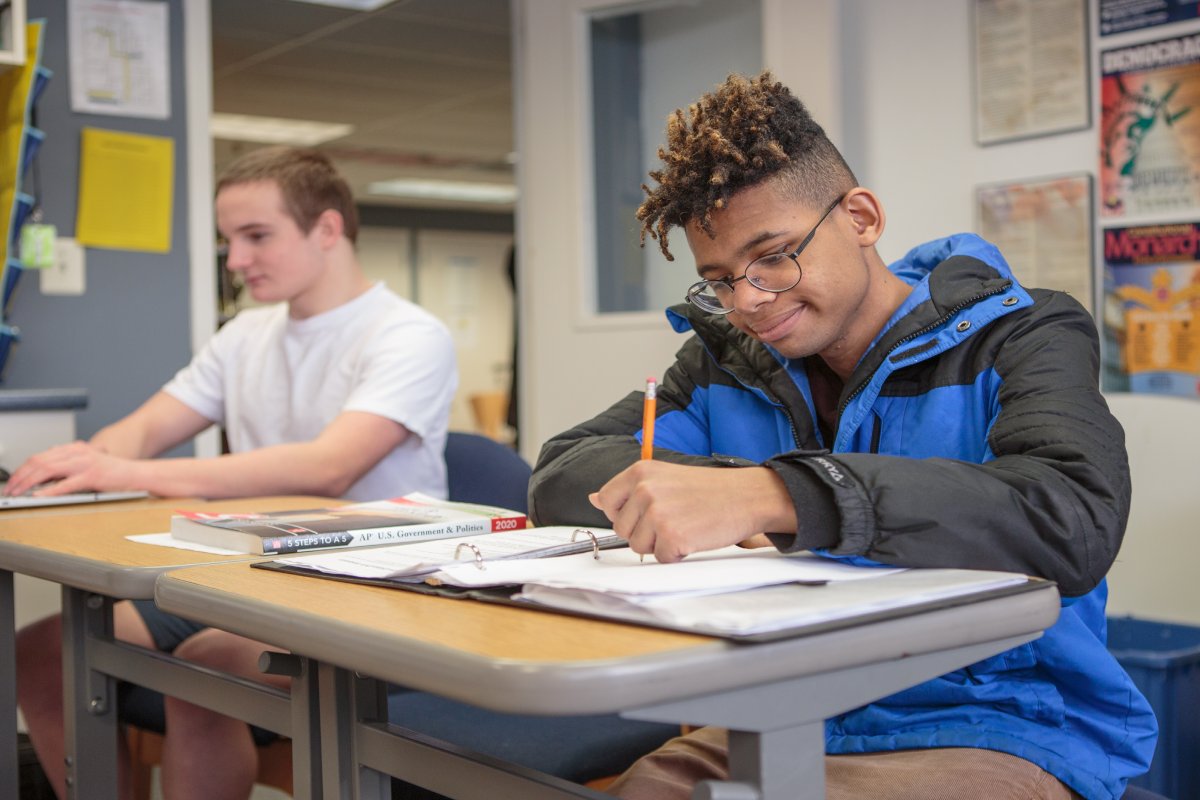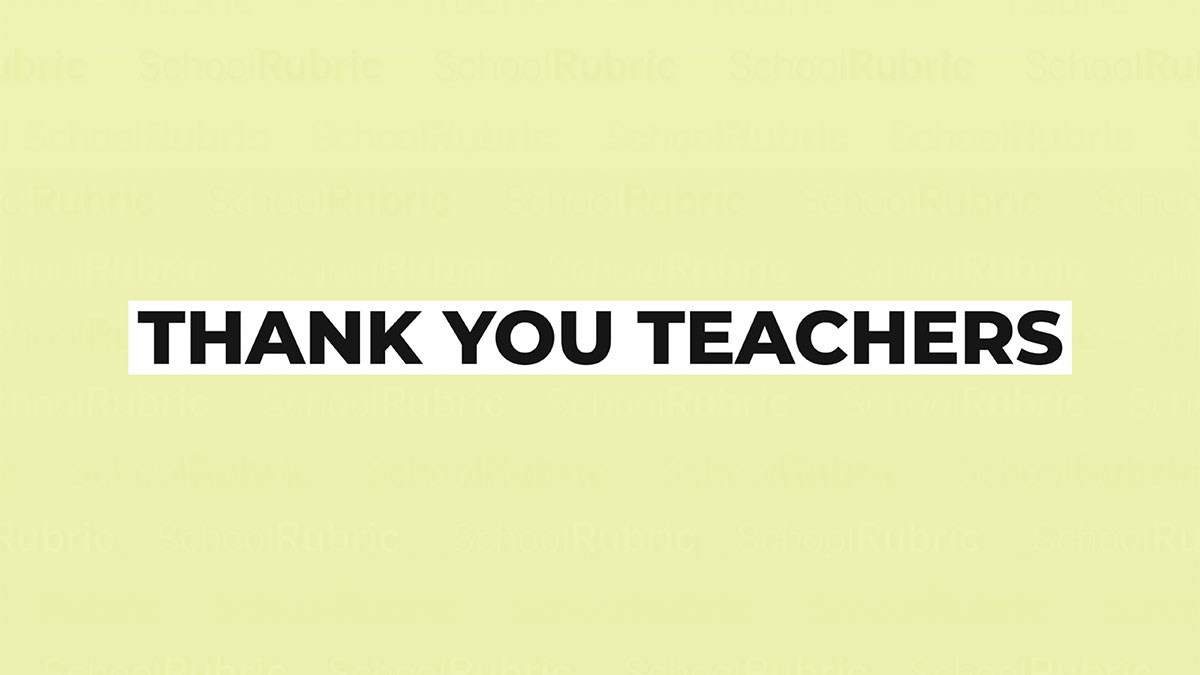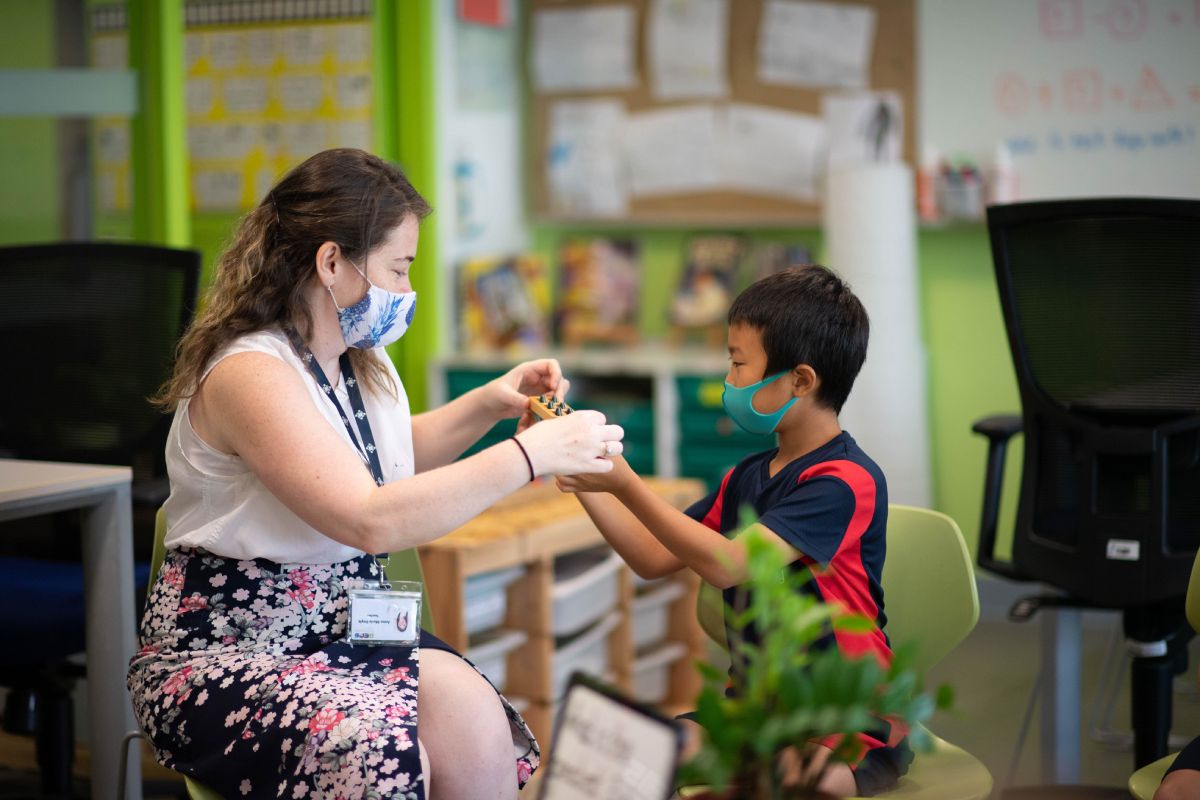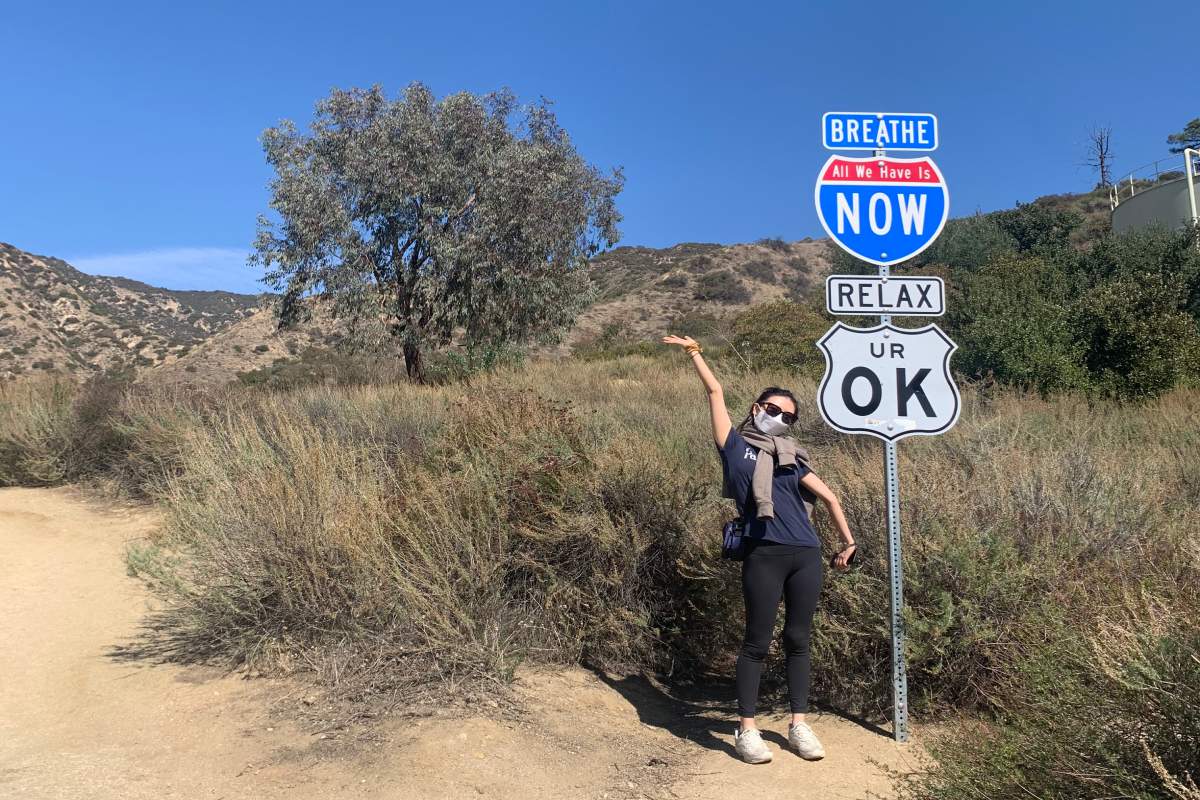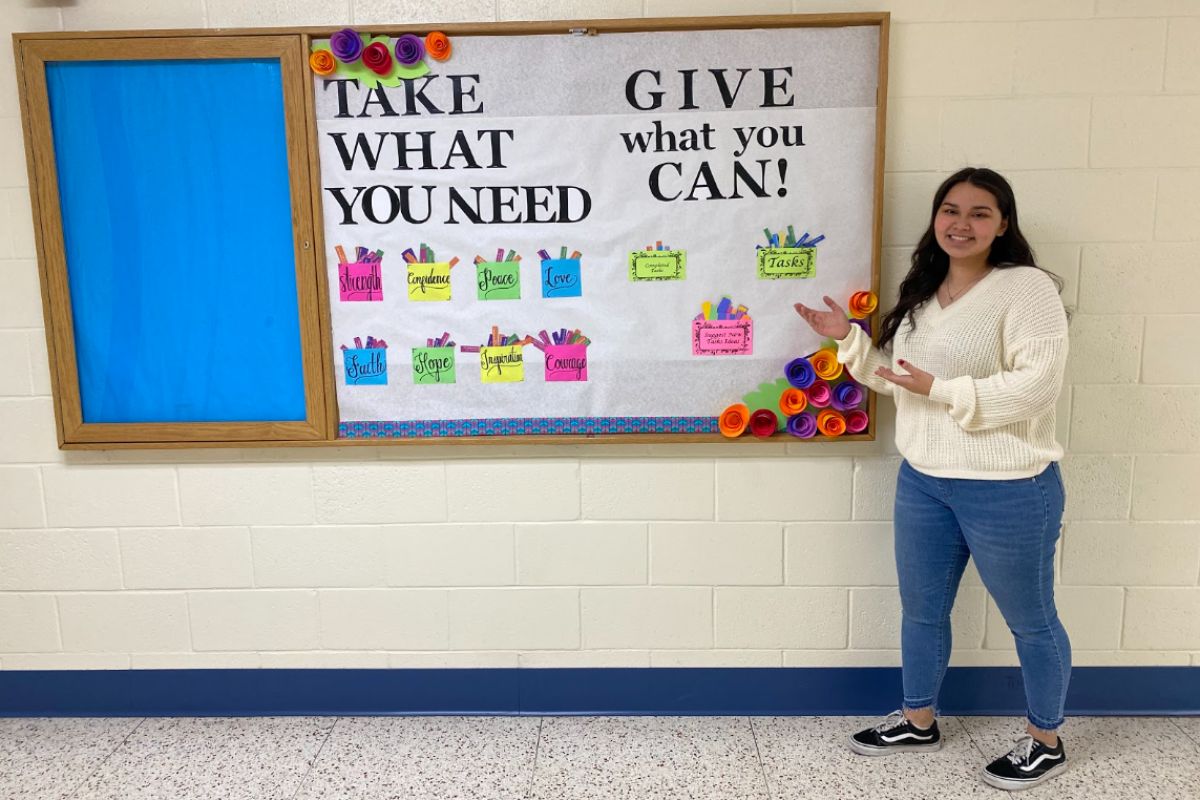Self-Esteem Lessons For Your Classroom

Healthy self-esteem is central to a productive life. It hinges on attitude, acceptance, and gratitude. Here are practical ways to incorporate lessons on this vital aspect of a healthy life into your classroom curriculum.
The tween-teen years are considered a formative time for a child’s sense of self. Feeling vulnerable, angry, or anxious, along with self-doubt and insecurity are all part of the tween-teen life. Understanding and managing the emotions connected to self-esteem is essential.
What is it and where do you begin?
Simply put, healthy self-esteem is an enduring, positive self-regard. A person with positive self-esteem can understand and accept their strengths and weaknesses. Learning to accept who we are is a big step on the path to self-awareness. There will always be people who we see as more capable, more talented, or more academic. A positive attitude, an acceptance of who we are, and gratitude for what we do have can increase our capacity for positive self-esteem.
Attitude: Believe in Yourself
Having a positive attitude and feeling good about themselves enhances a student’s motivation to learn. It strengthens their ability to relate in a positive way to other members of the class. These factors alone make it worthy of attention as life skills lessons in a classroom and should be seen as a valuable part of any curriculum. Lessons crafted for this purpose equip students with the tools to build and maintain healthy self-esteem.
A Lesson on Strengths and Weaknesses
Every person in the world has strengths and weaknesses. Helping students recognize their strengths and weaknesses provides the opportunity to see these traits as facts, not flaws.
Proceed with care in this type of self-analysis. Students can be more readily self-critical and see their weaknesses over their strengths. As the educator, you want to tease out and balance their self-discovery with a gentle hand. Perceived weaknesses with tweens and teens are often more about self-criticism than weakness.
The goal is to help your students develop a fair and perceptive eye in this self-discovery. A positive attitude towards themselves opens them to positive life experiences.
There may be challenges to their self-worth throughout life. Their strengths and weaknesses may change as they continue to grow and mature. The capacity to understand themselves and the ability to cope with the challenging and ever-changing pressures of life are necessary skills. These self-discovery discussions will help them on the path to attaining and maintaining healthy self-esteem.
Classroom Discussion Questions:
- Why are we sometimes reluctant to believe our strengths?
- How could our strengths and weaknesses change over time?
- How do you think your strengths and weaknesses influence your choices in life?
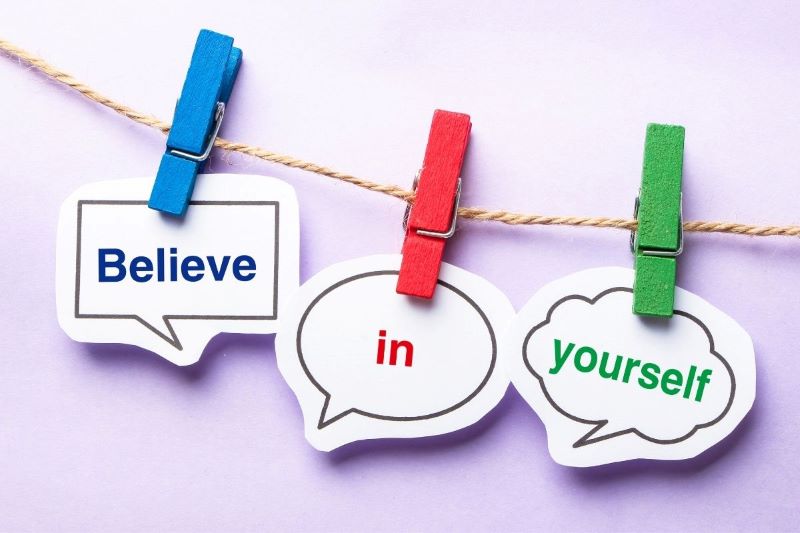
Acceptance: I’m OK
A key ingredient of healthy self-esteem is acceptance of who we are and our right to be here. A confident person is secure in their own identity. Social media provides a constant barrage of comparative shopping about the enviable life of others. There will always be people whose lives could cause envy. Understanding the value of rising above comparisons to others is a necessary step to healthy self-esteem. To acknowledge and accept that they are enough just as they are should be the goal.
Acceptance includes curbing the tendency to obsessively think about mistakes. Mistakes can be turned into another lesson on self-esteem. Michael Jordan’s quote, “I’ve failed over and over again and that is why I succeed” is a great starting point for a lesson on acceptance of who we are. Although he is quick to remind people of his missed shots, most people do not remember them.
Classroom Discussion Questions:
- Like Michael Jordan, we can learn from our mistakes. Have students describe mistakes that were learning experiences. Quite often, some distance from that mistake gives them the hindsight to see the lesson.
- People such as influencers can be seen as having a perfect life. Why do influencers impact our lives and opinions and make us feel lacking? What draws us to them?
- Why do affluence, possessions, and appearance cause envy?

People we see as perfect do not often have the same view of themselves. Worth noting is that, just like everyone has strengths and weaknesses, everybody has insecurities.
Gratitude: Life is Good
Gratitude is the capacity to acknowledge the positive aspects of life in all of life’s circumstances. Why is gratitude important to healthy self-esteem? It is the lens through which we should experience life. It emphasizes what we do have, and what is going well. In turn, this has a positive effect physiologically. Emphasizing positive emotions opens us to healthier relationships.
Gratitude for our own lives, allows us to think outside ourselves. Compassion and empathy for others are possible when we are grateful and content with our own lives.
Gratitude creates optimism. Optimism enhances our belief in ourselves and our capacity to do things. Belief in ourselves means we have the courage and conviction to try new experiences. Gratitude is a trait whose benefits form part of the foundation of healthy self-esteem. By paying attention to the good things in life, we are also taking time to appreciate them.

Lesson on Gratitude:
Have your students keep track of all the good things in life for a week. It could be a class gratitude jar where everyone contributes or a personal one. It requires a deliberate intention to notice good things large and small in life.
With opinion discussions such as the preceding, the students need to practice critical thinking skills. In my classroom, I used the simple analogy of a table to explain a well-thought-out opinion. Their point of view is like a table that needs solid legs to support it, too few legs and the table falls over.
Aristotle said: Educating the mind without educating the heart is no education at all. “
Educating their hearts is time well spent. They are lessons that will last a lifetime.
This article is available and can be accessed in Spanish here.


